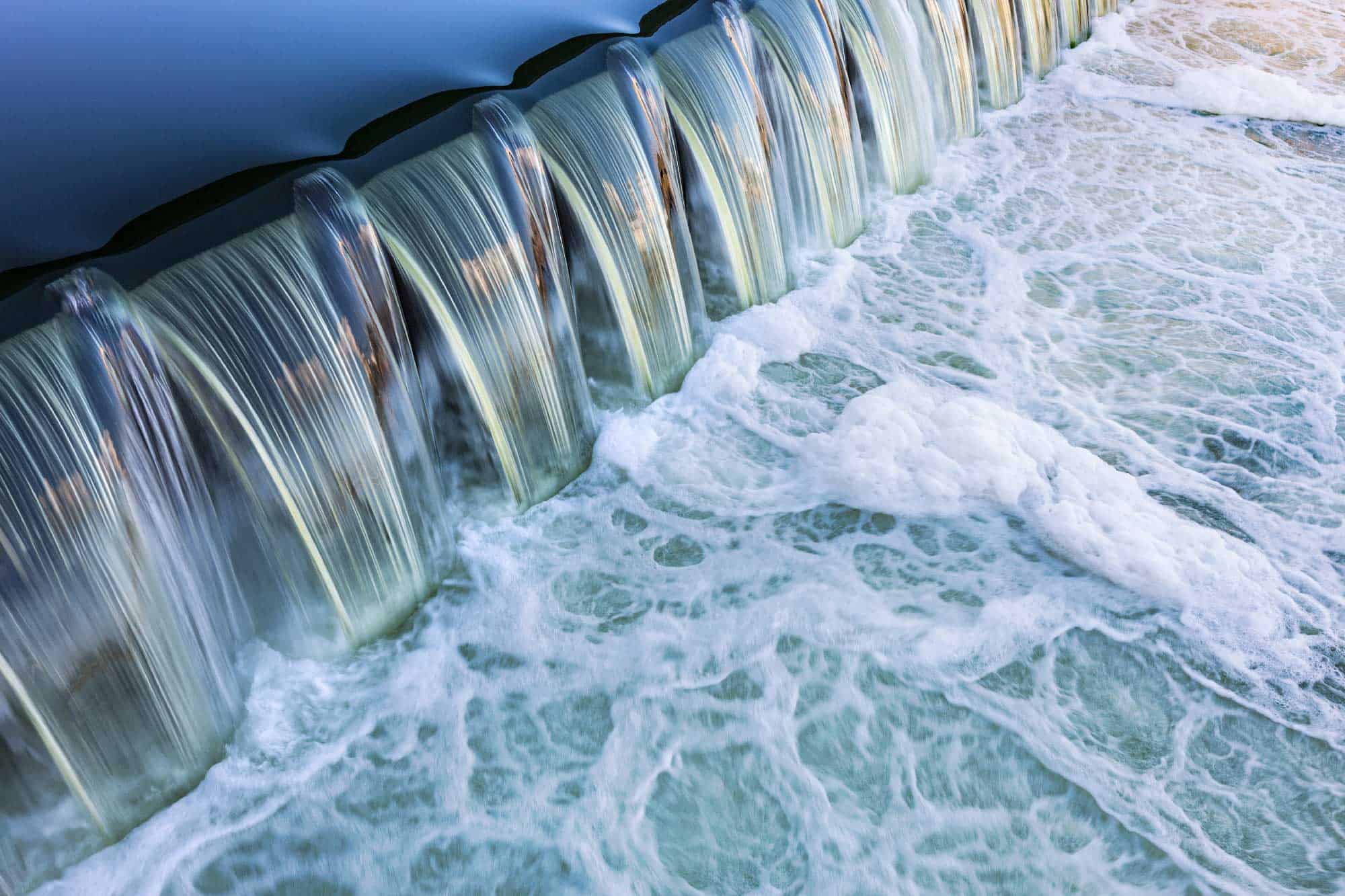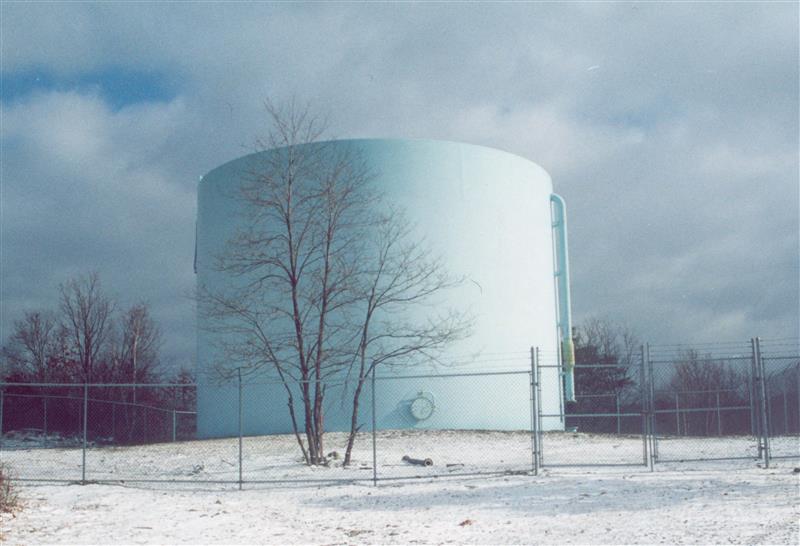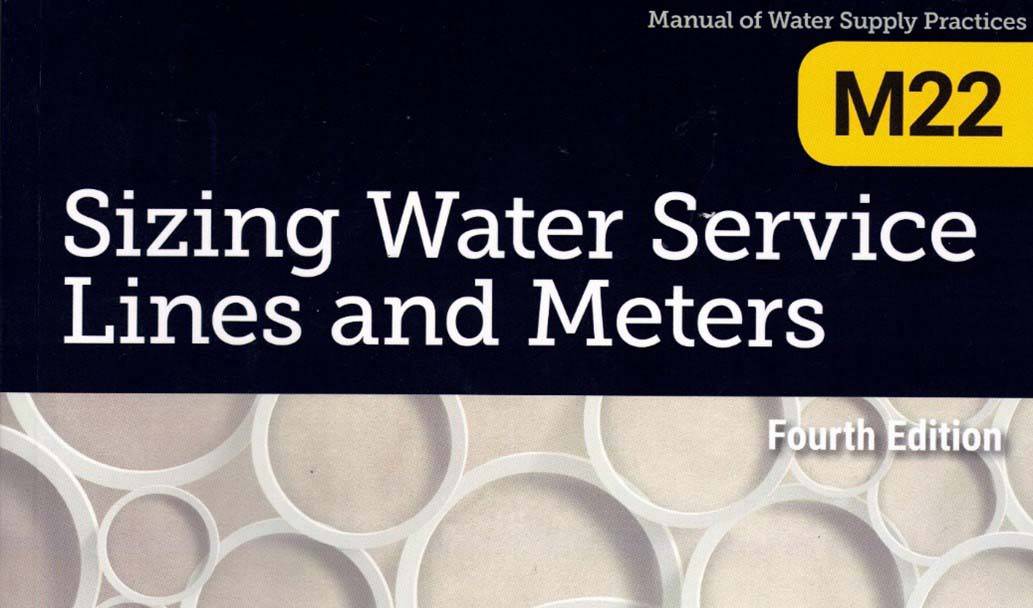When precipitation falls on land, in the short term, there are two places it can go: runoff to streams or infiltration into the ground. In the long term, evaporation also matters, but during a precipitation event, it isn’t important.
Runoff enables water to be used for a variety of purposes as it makes its way to the ocean. Along the way, however, it contributes to flooding, erosion, and is usually moving too fast to be captured. From an environmental and water efficiency standpoint, it is generally better to have most of the water infiltrate into the ground, reducing flooding, nurturing plant life, and later contributing to base flow in streams, flattening out runoff hydrographs.
But first, a digression that always troubles me: “What is infiltration?” There are at least two answers:
- In hydrology and some hydraulics, infiltration is the precipitation that makes its way into the ground.
- However, if you’re talking about sewers, infiltration is a subsurface water that leaks into sewers when it shouldn’t (i.e., the I part of I&I).
The first infiltration is generally a good thing; the second is a bad thing. The result is sentences like “Infiltration into the subsurface can result in additional infiltration into sanitary sewers.” For the purpose of this blog, we’re using definition 1. I wish we had two different words.
Now that we’re on the same page, let’s get back to the main topic of this blog.
If you are looking into allowing water to infiltrate, one of the worst things you can do to improve infiltration is to create huge parking lots and rooftops made of impervious material which prevents infiltration. Natural landscapes are good for infiltration. Good stormwater management practices accelerate infiltration using permeable pavements, vegetative roofs, infiltration ponds, rain gardens, among other best management practices.
Unfortunately, here is the way they are frequently built.
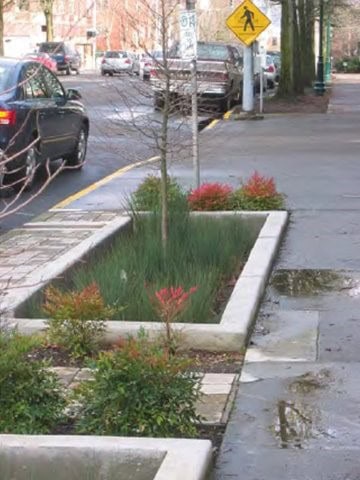
What’s wrong with this picture?
If you said that only rain that falls inside of the curbs is allowed to infiltrate, and that water from the road and sidewalk can’t get to the pervious area, you are correct. I cringe when I see this type of drainage in a new parking lot.
The solution is to have the impervious area drain to the pervious area. These can be called tree lawns or more accurately Bio-infiltration Islands.
Here are some pictures I received from Jim Pillsbury from Westmoreland County, Pa. The first shows the area under construction and the second shows the final product. This is what I like to see.
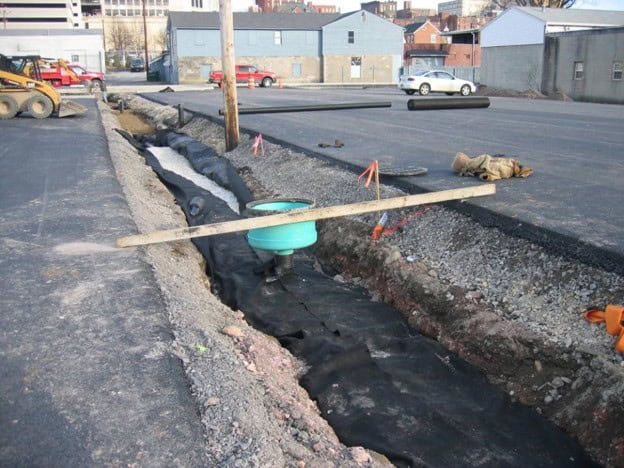

Here is a schematic of what I often see.

And below is a schematic of how a bioretention island can capture runoff and give it the opportunity to infiltrate. However, if the infiltration capacity is exceeded, the flow will be intercepted into the storm sewer to prevent flooding.
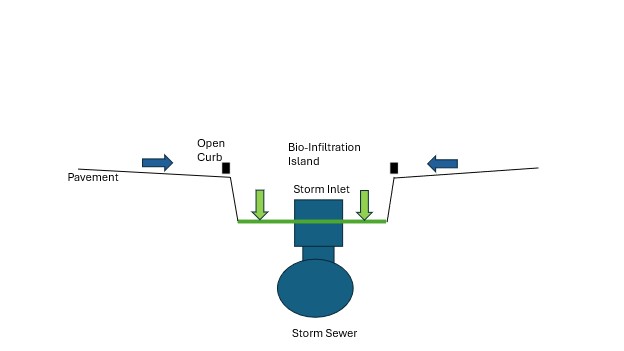
In some places, they call the cities that do a good job capturing infiltration as “sponge cities.” It doesn’t mean that they are made of sponges (or that Sponge Bob lives there). It just means they are doing a good job enabling infiltration.
Hopefully, your projects are resulting in sponge cities.
Read more of Tom’s blogs here, and you can contact him at [email protected].
Want to learn more from our resident water and wastewater expert? Join the Dr. Tom Walski Newsletter today!



